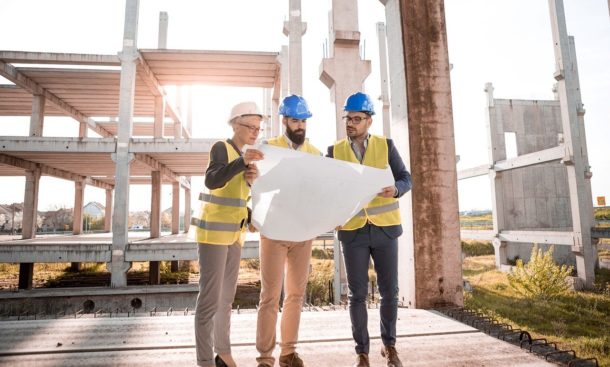As the new year rings in, it’s often worth reflecting on our operational practices straight from the fundamentals. Doing so can ensure we move forward with confidence and clarity, and better prepare against any mistakes, or make good on any lessons we learned from 2024. This is at the heart of any construction effort, as no building will stand for long without strong principles and foundations ensuring quality.
It’s extremely common for businesses to collaborate on construction projects, from contractors working nearby to architects collaborating with construction outfits. Often, most owners will want to know if the opposing businesses are correctly briefed if they can be trusted to do a good job, and if they won’t get in the way of (or override) any essential work they hope to achieve.

But perhaps this year you wish to take more of a steadfast approach towards who you collaborate with in the area. Let’s discuss what these principles might involve:
Design-Assist Building
Working together from day one is not always available, but perhaps you wish to adhere to this functional standard as SCB Construction Group does. That’s because it’s clear that when architects and builders plan together, they catch problems early and solve them before they become expensive fixes. This old-school method has found new life lately because it just works more cleanly and especially for advanced projects. Even when collaborating with other brands, your team learns to trust each other’s judgment, share ideas openly, and build exactly what the client needs. This means that the documented plans become the obvious reference point, but you can also read the potential of all outcomes backwards and forwards through the process.
Eco-Sustainability
2025 is the year of green building as more and more clients are going to keep this priority front and centre. This might mean switching up your providers, as modern materials and methods that buildings use less energy, commit less emissions and last longer will be essential. Solar panels, better insulation, and smart design choices pay for themselves through lower running costs, and training staff on their installation and maintenance will also be essential. Clients appreciate this thoughtful approach, especially when you can show them exactly how these choices benefit their project as part of your pitch. The best part is that sustainable buildings often feel better to work in, with more natural light and fresher air, so that’s a bonus too.
Materials Sourcing and Hiring
Many companies have placed a repeated emphasis on local procurement, and depending on your realistic project goals, that might work for you. This means local partners often become your best allies, because they know the area, understand local building codes as closely as you do, and care about their reputation in the community. Finding good suppliers takes time, but reliable partners make every project easier. Hiring locally also grants you the same character, as good workers who know what they’re doing are worth their weight in gold. If you continue to train them well, treat them fairly, and they’ll stick around, especially if you aim to roll out more apprenticeship programs to give people their start.
With this advice, you’ll be more than able to help collaborative construction projects going forward.




Join the conversation: